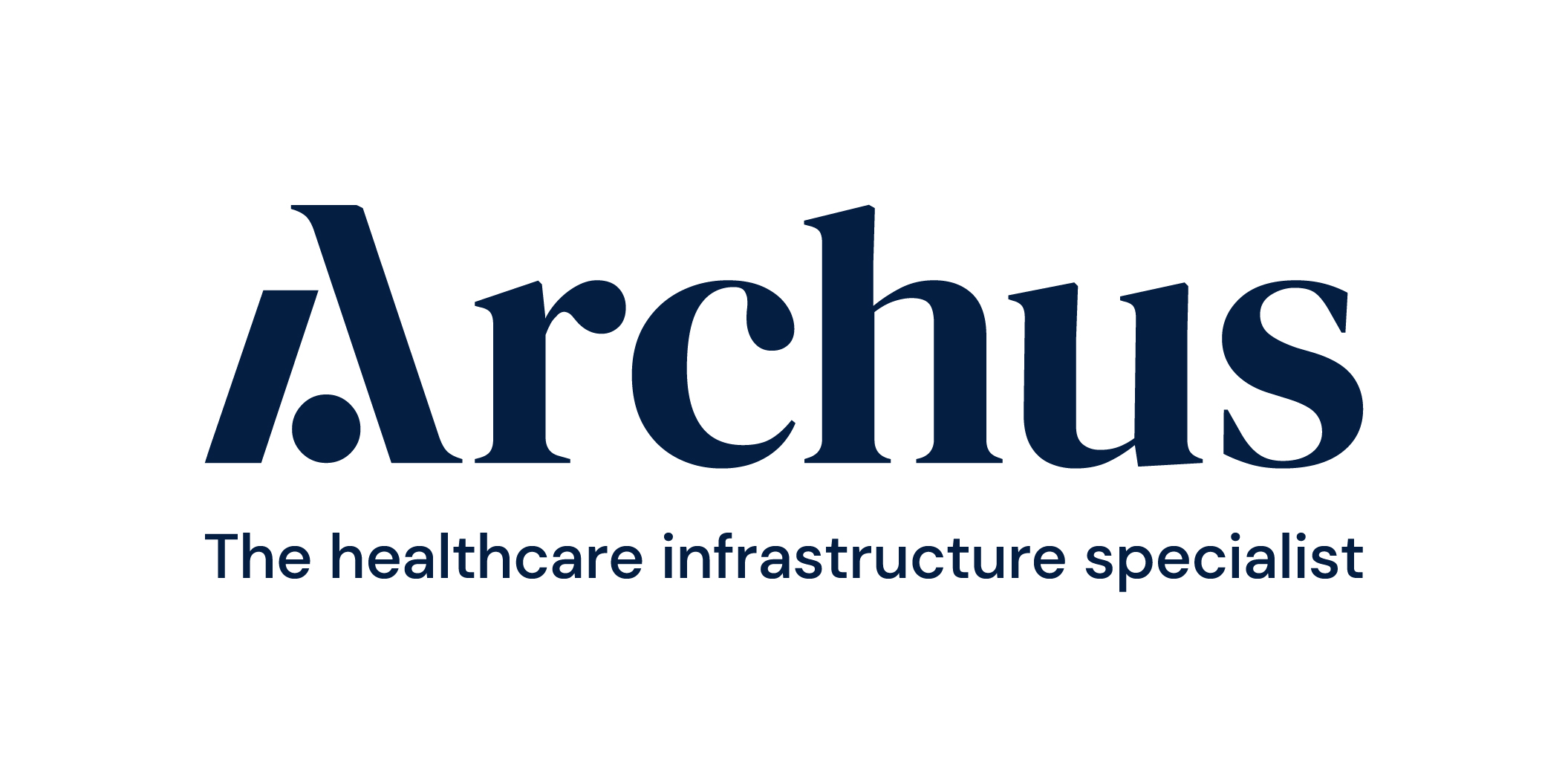Following the onset of the pandemic, as our understanding of Covid-19 evolved and improved, the NHS responded by rapidly adapting and evolving treatments; the use of space; building services including mechanical ventilation systems; oxygen supply; the use of protective barriers; patient flows and pathways; and use of technology.
The NHS response also saw the rapid evolution of greater system cooperation, an emphasis on increasing site specialisation and the separation of pathways and sites. And we have witnessed the introduction of specific initiatives such as community diagnostic centres and elective surgery hubs to address the backlog of waiting times created by the pandemic. All this points to a rich source of learning that could and should inform the planning and design of hospitals being developed under the New Hospitals Programme.
This research, carried out with healthcare infrastructure specialists Archus and the European Health Property Network, aimed to understand:
-
What changes in clinical models and patient flows were necessary, and what was learnt about the design and operation of services and buildings consequently? Were there secondary or unexpected impacts that need to be considered?
-
What changes would you make if rebuilding or adapting buildings as a result of the pandemic?
-
What are the pinch points that get in the way of productivity for planned work and how could changes in design, flows or other operational matters support a return to pre-pandemic levels of elective activity?
-
What are the other key lessons for the design of facilities and service in manging infection prevention and control (IPC), particularly during a pandemic?
We found that a number of changes to hospitals, wards and departments and the overall estate are required where there is very good evidence that can be drawn from experience during the pandemic.
Many of these changes are relatively straightforward. There are others where the focus on minimising capital costs may be an obstacle to a long term and a broadly defined life cycle cost approach to investment planning needs to be adopted to avoid future problems.
The pandemic has underscored how important infrastructure and the built environment are for infection prevention and control. This experience also shows that the science of infectious diseases is likely to be in a state of constant flux, especially with respect to the emergence of a future infectious pathogens and their associated contagion and contamination characteristics. How future NHS buildings provide for a flexible response, therefore, will be a key component of reducing overall transmission in hospital environments in the future.
Several themes emerged across the different areas we looked at.
Guidance: There are a number of areas where guidance needs to be revised in the light of lessons learned, for example on ventilation. There are also some design questions about the layout and operation of departments and wards that need to be reviewed more generally where the pandemic has highlighted pre-existing problems, such as in Emergency Departments.
Cutting corners to reduce the initial capital costs, whether this is in terms of flexibility and resilience, space: many hospitals paid a price for previous decisions to reduce the space available for staff, circulation, storage, beds, etc. through redundancy and spare capacity – e.g. in oxygen supply. A particular issue is the approach to the Health Building Note (HBN) derogation process to ensure that IPC is not constantly compromised by cost considerations.
Single rooms: Ensure a high proportion of single en-suite rooms to facilitate isolation and encourage IPC best practice. More research is required to identify the most cost effective design to reduce staffing requirements and to understand if the target should be 100% and this is underway
Staff: It is clear that insufficient attention has been given to facilities for staff or staff experience in working in some departments and areas.
Managing buildings: The use of building management and the ability to monitor how the hospital is operating was an important theme in ensuring an effective response.
Overall, ensuring resilience and flexibility will be vital and the failure to pay sufficient attention to this in the past has created problems which can be avoided in future. Future pandemics may involve other respiratory diseases with different transmission routes and so, while learning the lessons from the current pandemic it will also be important to think about the next.
A perspective from the European Health Property Network
The European Health Property Network (EuHPN) is a knowledge-sharing organisation, comprising members in a range of European countries with common interests in how best to plan, design, construct, maintain and finance all kinds of health care buildings. Members include health care architectural practices, health system planning agencies, health estates departments and academic research centres.
In April 2020, as the COVID-19 pandemic began to spread across Europe and the globe, several EuHPN members came together to examine the response of hospitals in Europe and beyond. A series of five webinars, titled 'Reorganise, Relocate, Repurpose' was organised through 2020 and early 2021, to examine case studies that could shed light on what measures were successful, or unsuccessful, in combating the spread of SARS-Cov-2, and what features of the hospital sector response might be of lasting value – for COVID-19, or for future pandemics of infectious disease.
Read the findings, lessons and perspectives on the project from the EuHPN below.
Read the EuHPN perspective paper
Partners


Suggested citation
Dunn S, Edwards N, Erskine J, Prince A and Vaughan L (2022) Lessons from the pandemic: Infection prevention and control and building design . Discussion paper, Nuffield Trust and Archus.